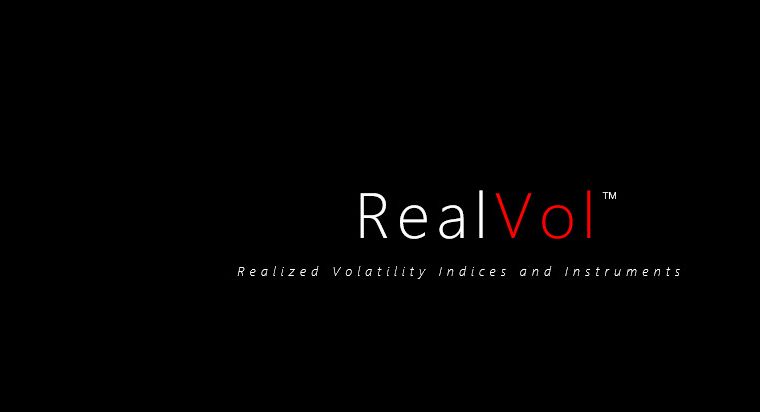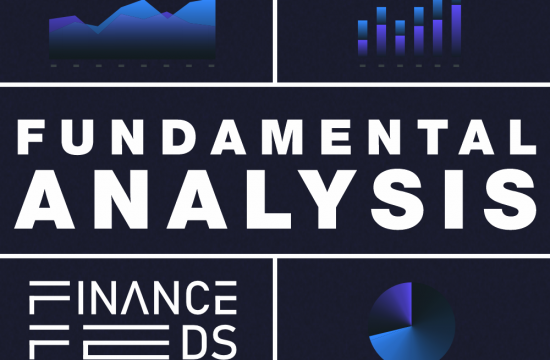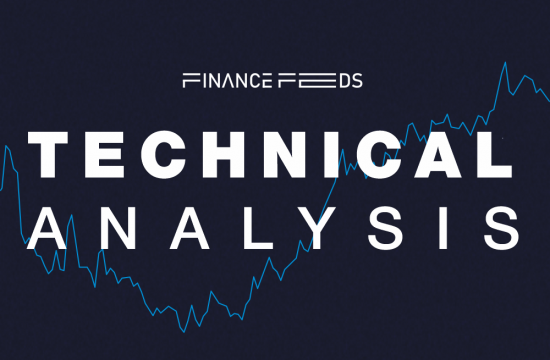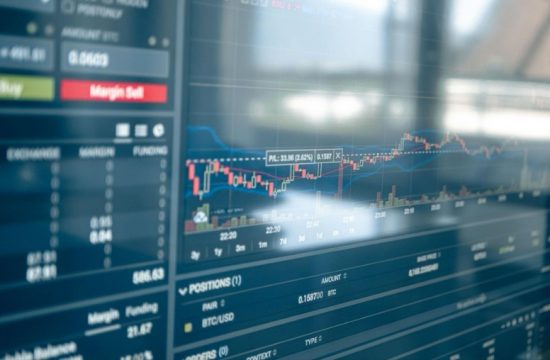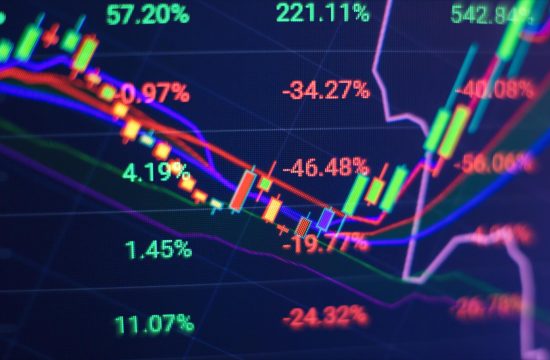
Demand Derivatives has begun publishing an extensive database of daily historical and forecast volatility indices on 40 major assets going by the name of RealVol Indices. The underlying assets are available via Bloomberg Terminals.
Realized volatility measures movement of an underlying asset regardless of direction and is functionally different than implied volatility metrics. RealVol Indices were developed based on realized volatility as defined by the firm’s formulas and focus on 40 key global assets and segregate risk into 40 buckets (1,600 in total), encompassing six timeframes, five formulas, and two forecasting models on each asset.
The company produced five index types which take a historical view (realized volatility, volatility of volatility, variance, intraday volatility, and correlation) and two index types which use models that go beyond current methods to more accurately predict future risk levels (i.e., future realized volatility).
Robert Krause, Chief Executive Officer of Demand Derivatives, commented:
“This is the first dataset focusing on and standardizing the actual risks of the world’s largest markets.” He added, “Because of the unique properties of volatility, such as autocorrelation and mean reversion, many traders find it easier to predict volatility than price.”
Except for Gold indices which are available to all Bloomberg Terminal subscribers by typing RVOL <GO>, the remaining 39 indices are available via Bloomberg Terminals through RealVol LLC for one annual subscription.
In late 2018, Bloomberg launched a real-time market data feed in the cloud available on Amazon Web Services (AWS). The new service allows clients to simultaneously stream data for 35 million instruments across all asset classes, as well as deploy a single application – either on-premises, via hosted, or on the cloud, just by using a common API.
Quantitative Brokers (QB) has recently enhanced its premium execution algorithms and introduced a new trade simulation tool on the Bloomberg App Portal.


